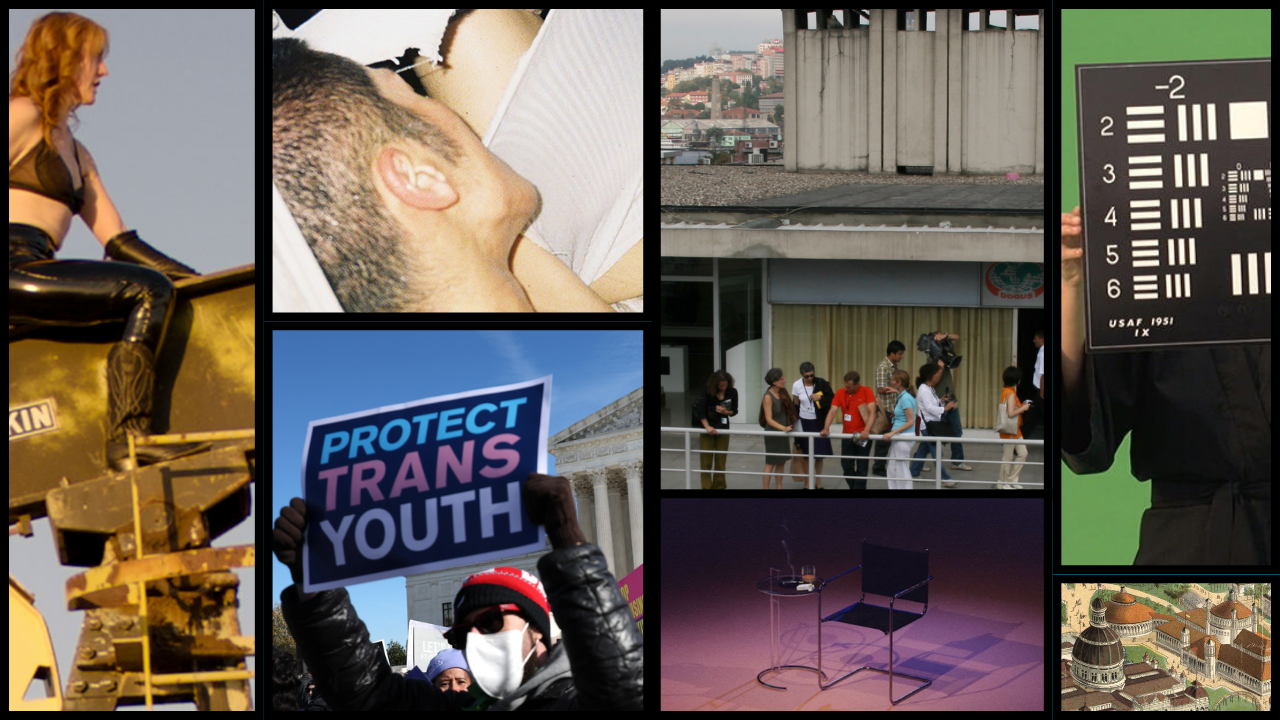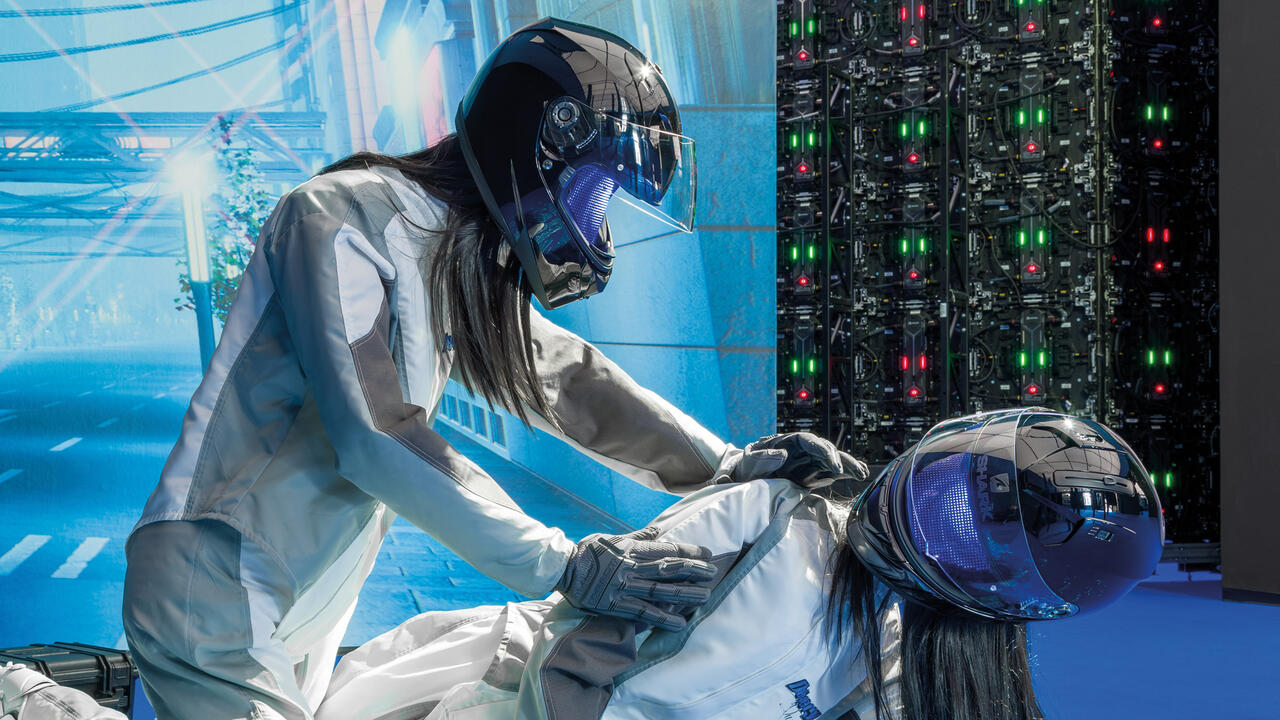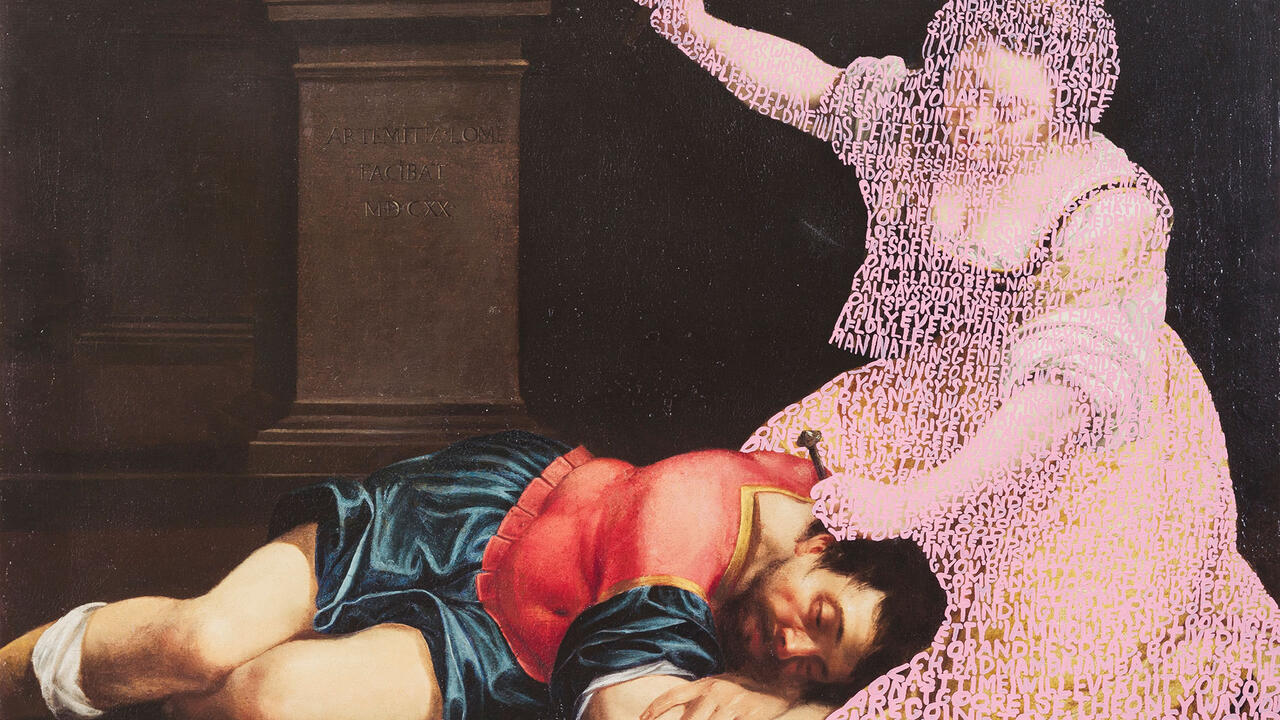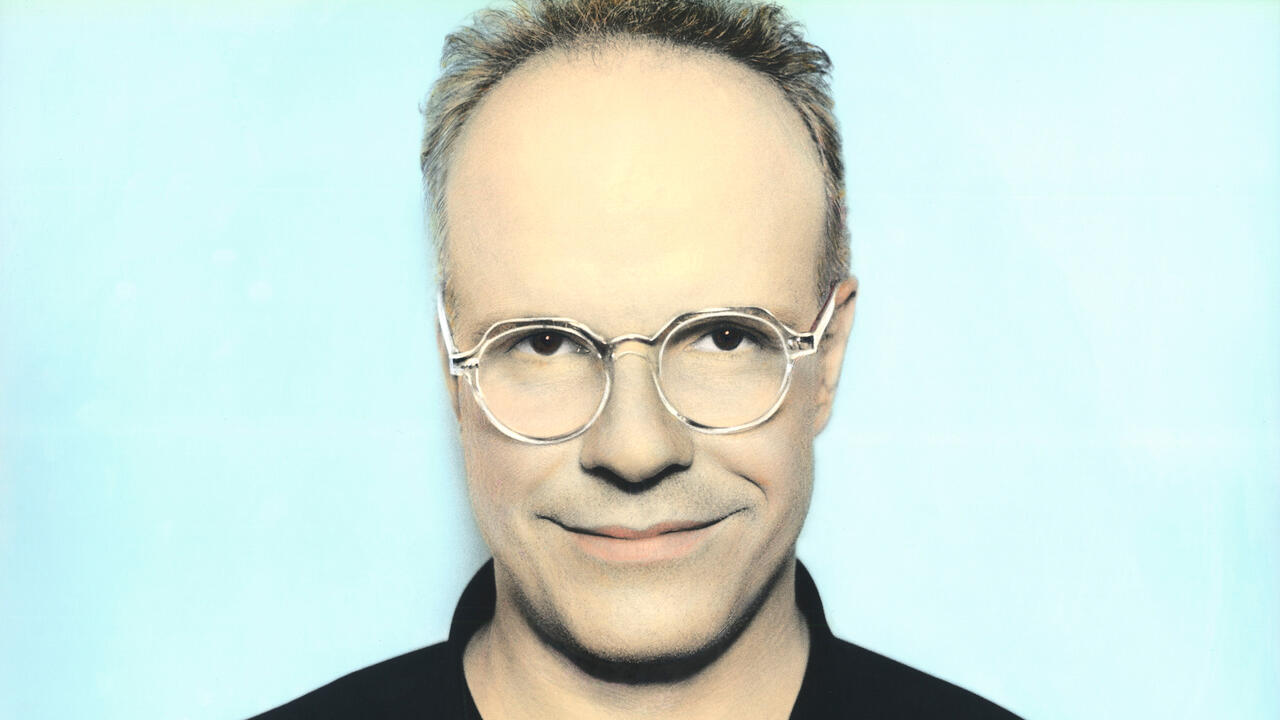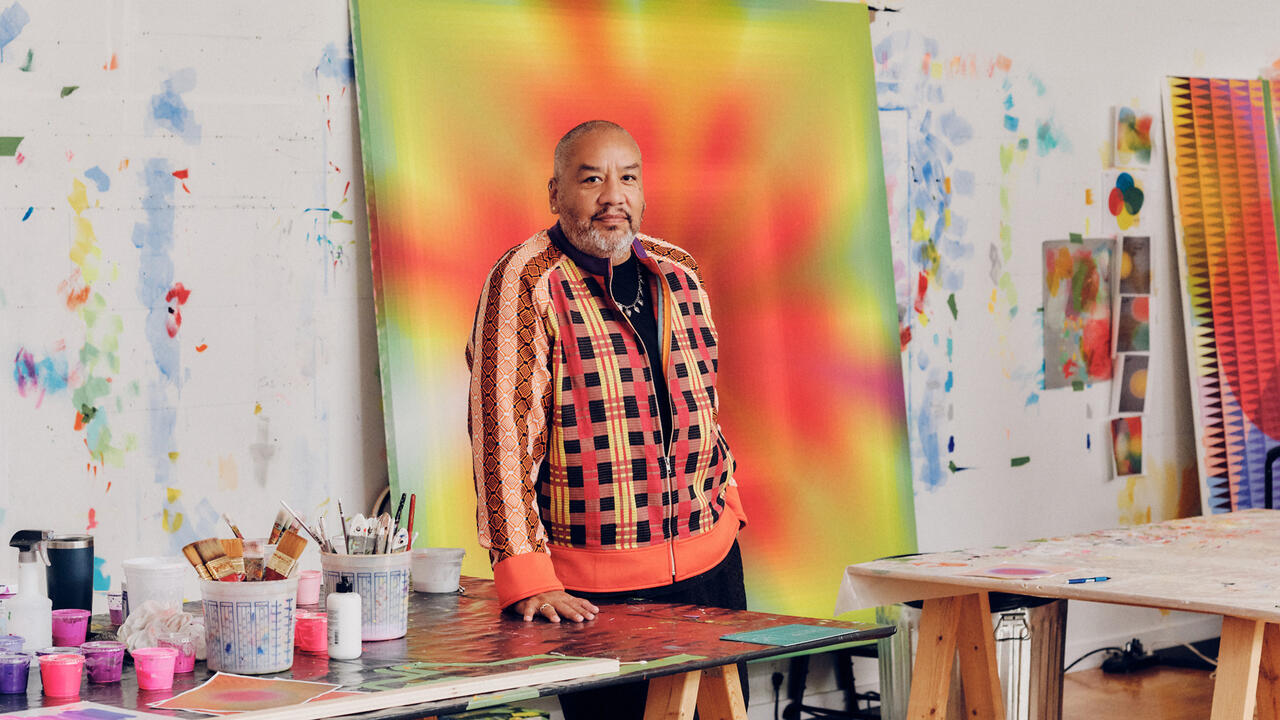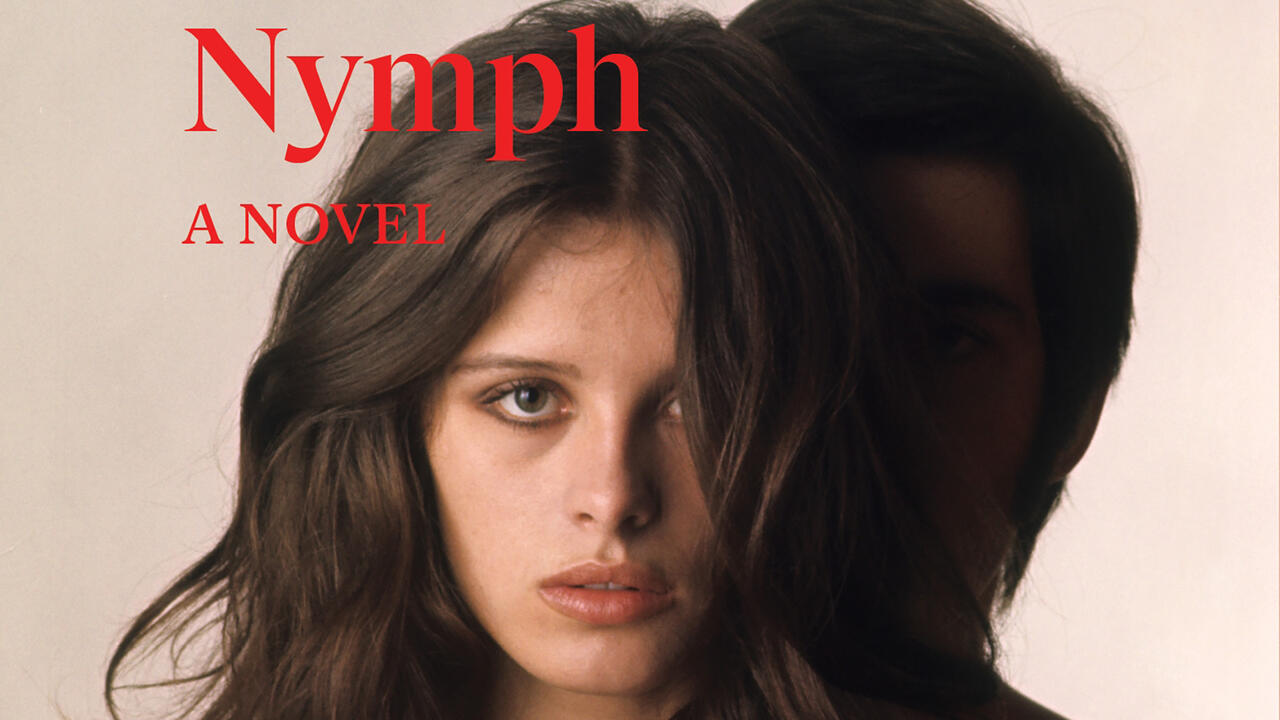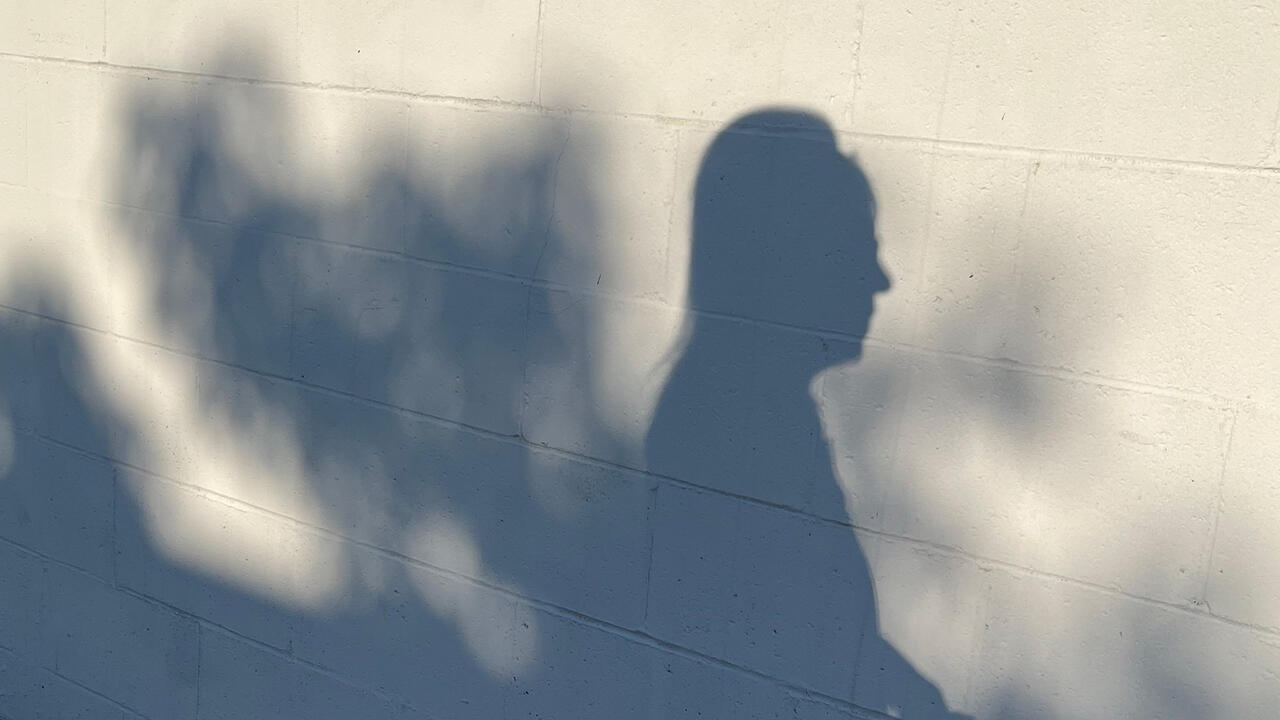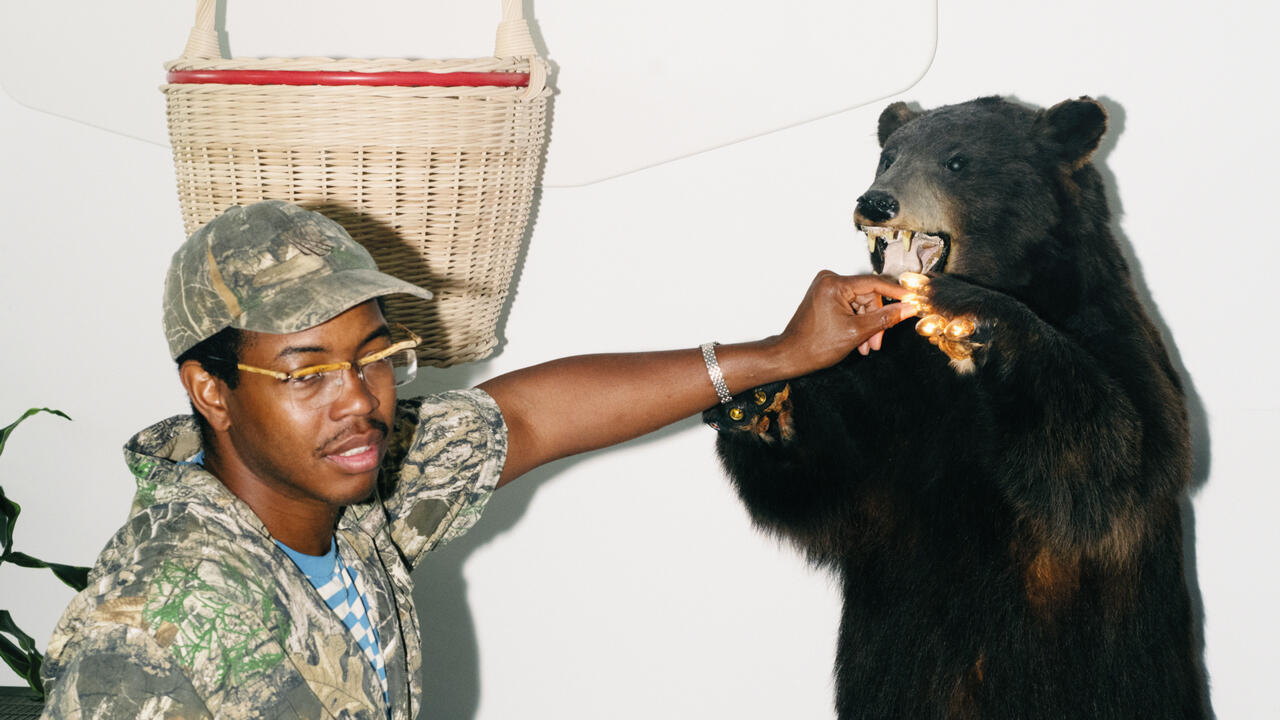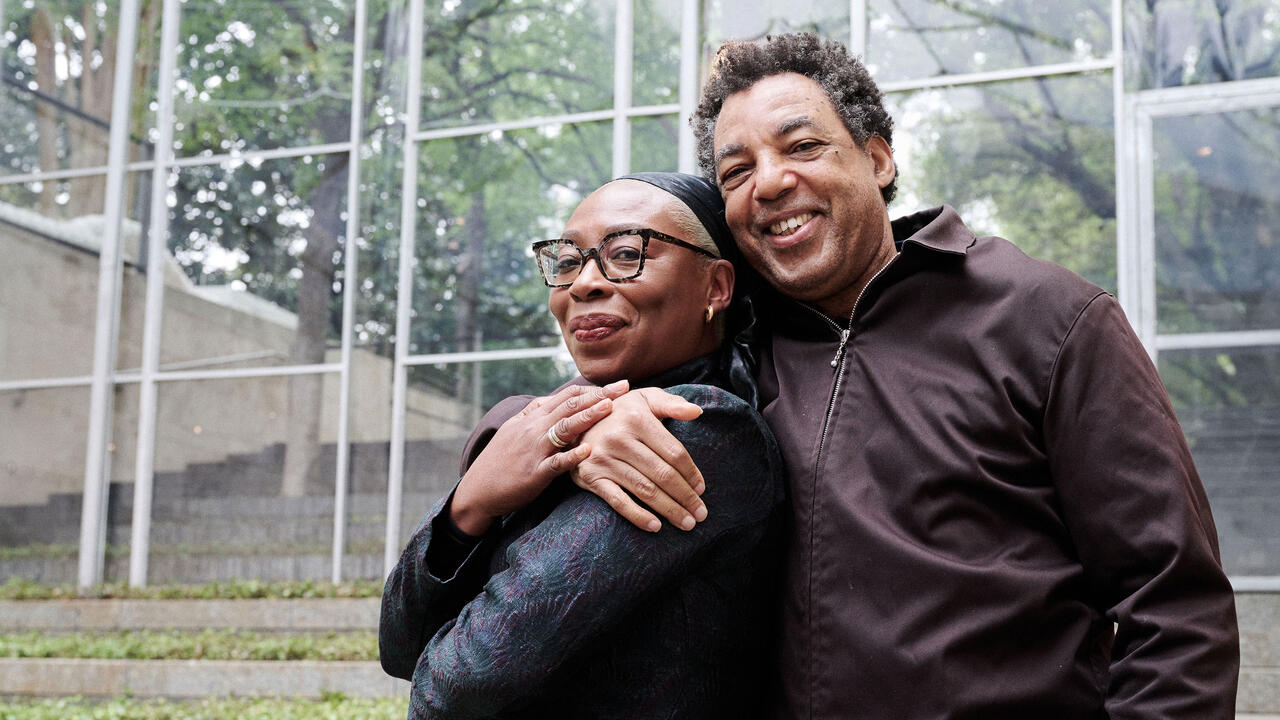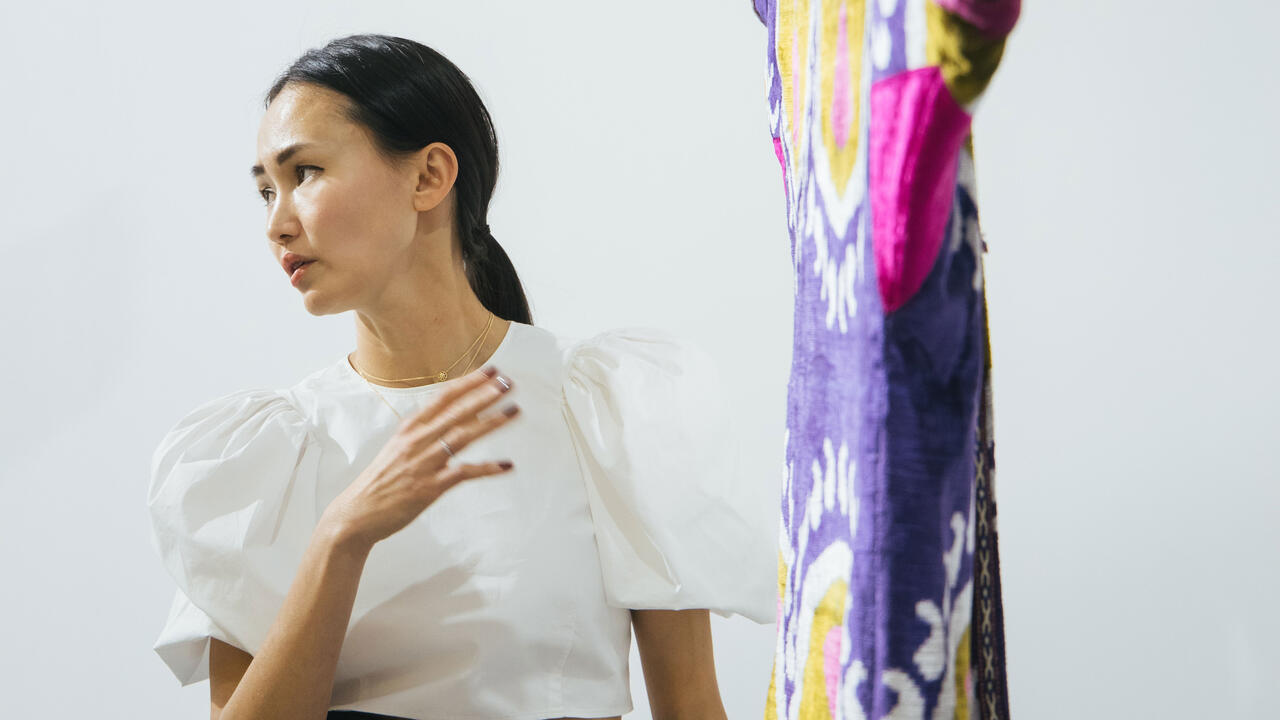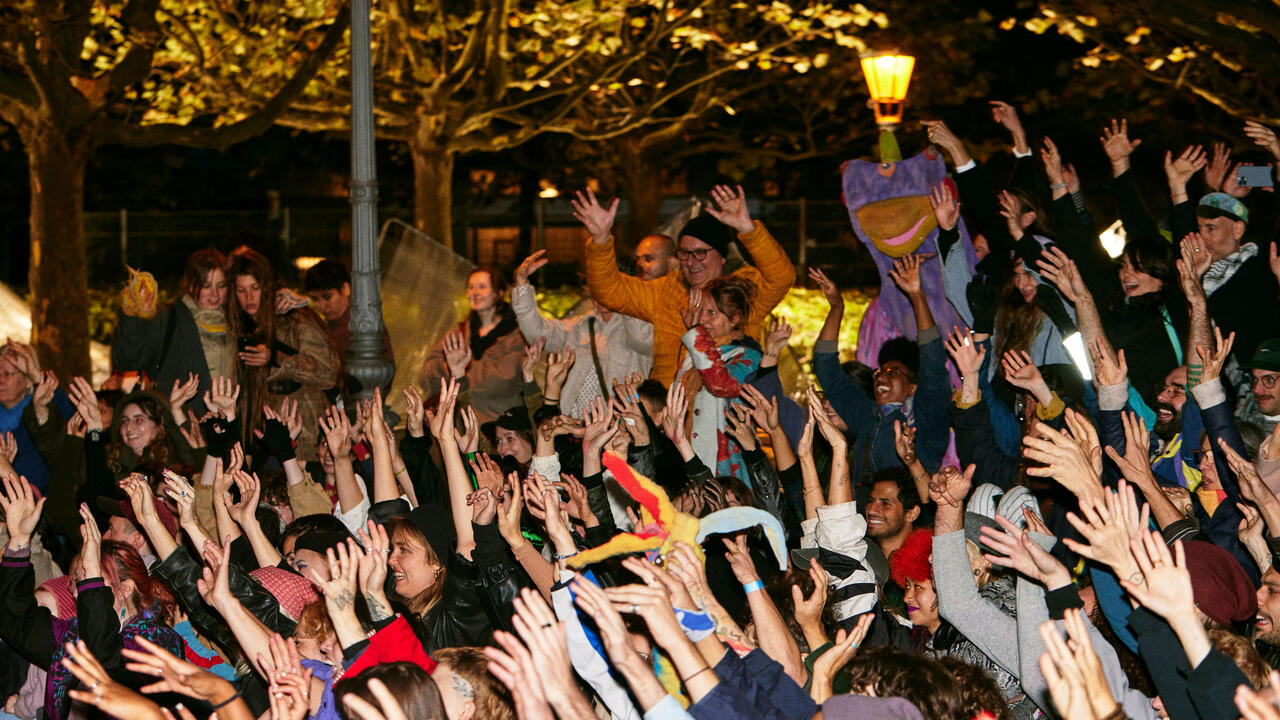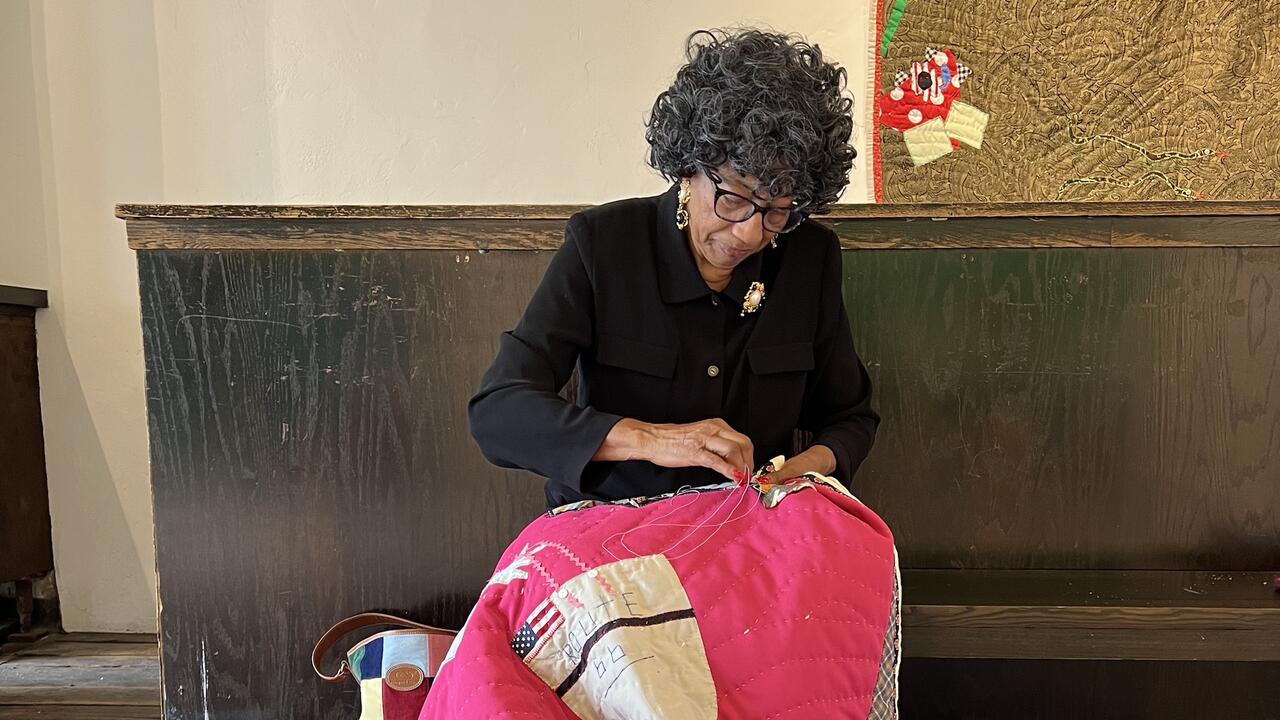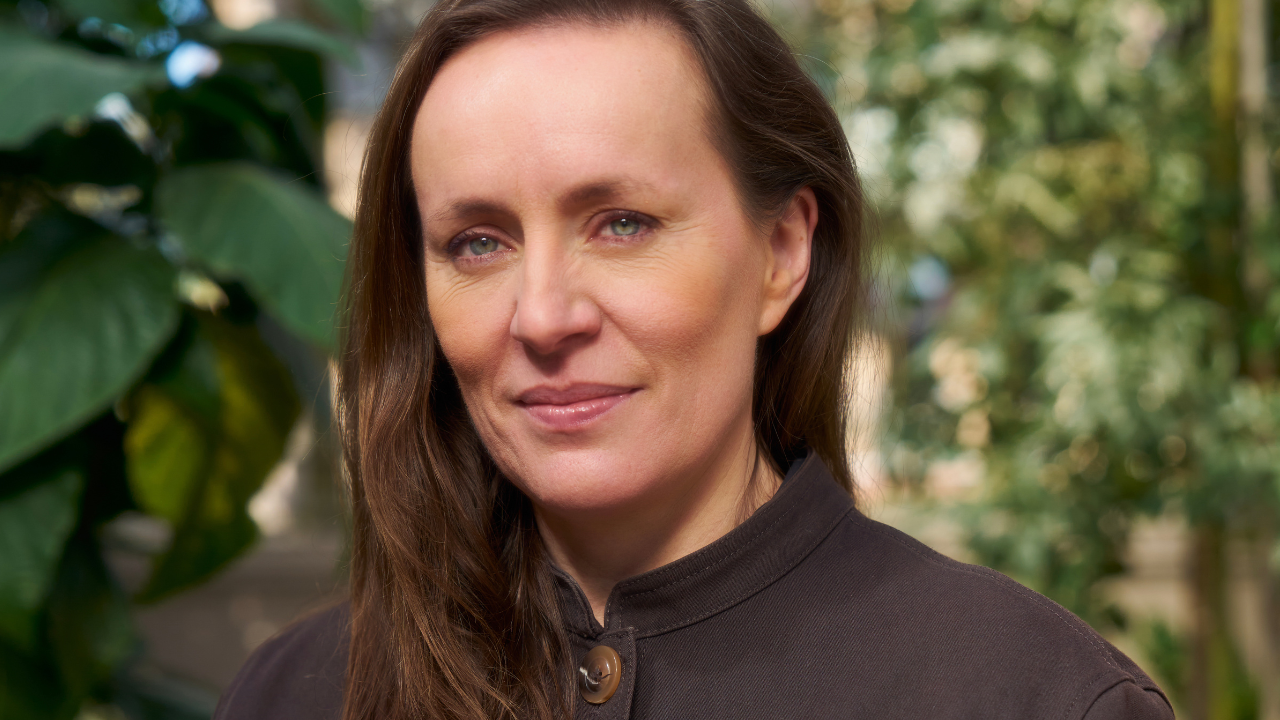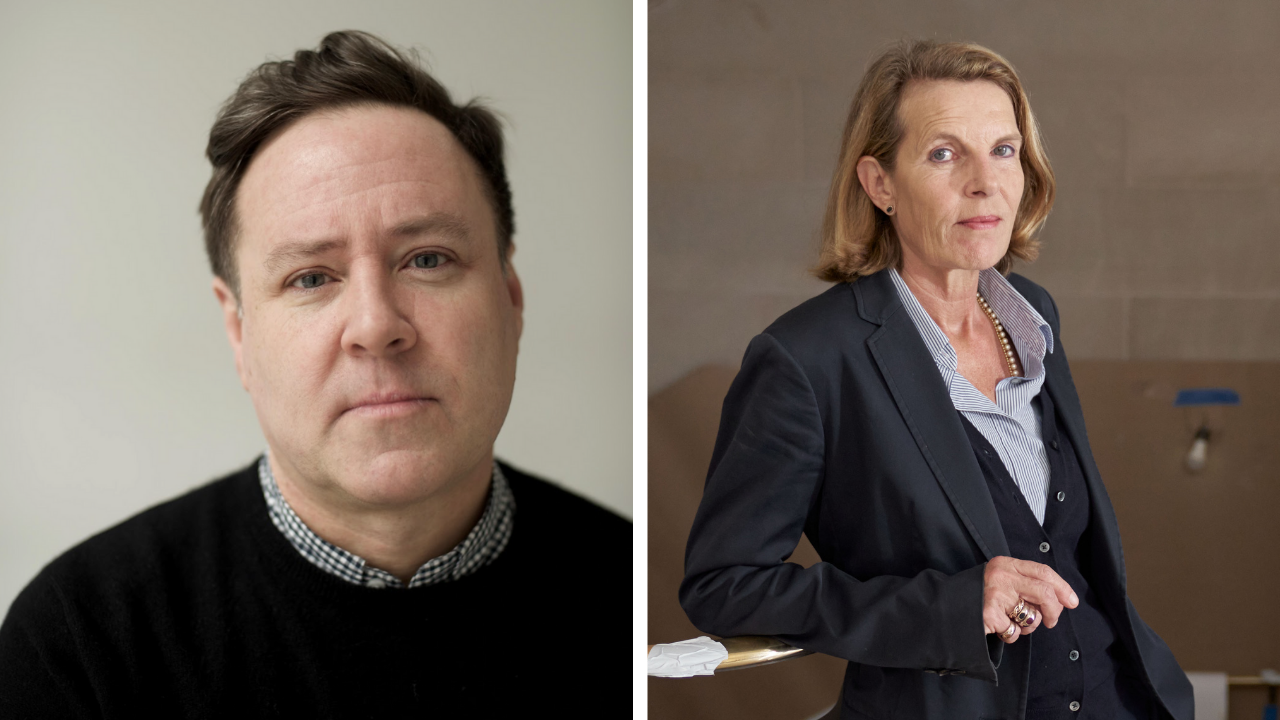Three Art Students on How COVID-19 Changed Education
Carlos Anguera Jover, Alisa Petrosova and Leyla Yenirce chat with Sean Burns about home studios, slowing down and the end of institutional power
Carlos Anguera Jover, Alisa Petrosova and Leyla Yenirce chat with Sean Burns about home studios, slowing down and the end of institutional power

Sean Burns convenes three art students – Carlos Anguera at Glasgow School of Art, Alisa Petrosova at Cooper Union, New York, and Leyla Yenirce at Fine Arts Academy Hamburg – to discuss the impact of COVID-19 on their studies.
Sean Burns How has the pandemic affected your studies and studio practice?
Leyla Yenirce I’ve been lucky because, throughout lockdown, I’ve still been able to use the studios at the HFBK (University of Fine Arts) in Hamburg, which has been essential because it’s given me a workspace that isn’t my apartment.
Alisa Petrosova When I left the Cooper Union at the start of lockdown, I assumed that, when it was over, I would be coming back to the same people and the same New York institution that has been around since the American Civil War. In reality, only about half of my cohort have physically returned to the art programme.
Carlos Anguera Jover Since lockdown began in the UK last year, I’ve been able to go to my studio at the Glasgow School of Art only once. I’ve been without access to a studio for more than a year. Brexit has also been very disruptive. I’ve been living in the UK since 2011, and I never before questioned that it was my home, but with the political hostility of new visa and COVID-19 restrictions, I decided to relocate to Germany. All these bureaucratic measures mean that I need to go back to Glasgow before June to literally grab my stuff and then run back to Berlin.
SB Has the pandemic had any positive effects on your work?
CAJ Previously, 90 percent of my work was produced or finished in the studio. So, when we went into lockdown, I had to change course completely. I went from a very broad, experimental, mixed-media approach to relying purely on the tools I could access, like photography, meaning my practice shifted to a more precise medium.
LY Having come from a more theoretical academic background in anthropology, and having been active in the radical left, I was very disillusioned with art school before the pandemic. I had assumed art school would be the place where everyone is totally against any form of system, but it turned out the pressures are even worse. Students hope a curator will pick up on their work or that they’ll get a studio visit from a big-name gallery. When lockdown happened, it didn’t matter if your project was ‘good’ or not because the galleries were closed. If you made great artwork, no one was going to see it. The people who kept coming back to their studios were the ones who really wanted to be there. I think most of us enjoyed not feeling pressured to produce anything. It felt like the end of institutional power.

AP I think the pandemic was a moment to slow down. I was able to launch an extension of my practice, the Cooper Climate Coalition. We brought people together from the art, architecture and engineering schools to think about the issues we’re all going to have to face within our careers. How can we shift the foundations of our practices to meet a present and future shaped by climate change?
LY I feel like everyone has been given the opportunity to edit their life and practice. My professor, Jutta Koether, always tells me to edit more cautiously. I tend to produce a lot, so it’s a matter of getting to the real essence of the work. Lockdown did that to all of our lives: we edited down our activities, our contacts, our artistic practices to the essentials.
CAJ I’ve also felt like I was filtering what I do. I managed to simplify my practice and gain a lot of confidence. I would say that I’ve matured. I’ve also had a lot of time for reflection.
SB How do you feel the pandemic has changed the broader art world and your place within it?
CAJ One of the things that I’ve done this year is create an extremely polished digital persona. Without being able to show tangible work, I felt I needed to upgrade my online presence in order to apply for funding.
LY Art is my home, so I really felt the absence of community this year. I think that loss has had an impact on people’s mental health, especially those who don’t have other support systems. When I visit my big Kurdish family, I see how they rely on the care an extended family provides. Whereas a lot of the queer, migrant communities that I move in depend on social spaces, like clubs and cultural centres. When all these institutions are closed, that support network is gone.
SB In some respects, we want things to return to the way they were; in others, this is an opportunity for us to develop a different world for ourselves. What are you working on at the moment?
AP I’m working on my senior thesis show and self-publishing a book, which triangulates the California wildfires, Nagorno-Karabakh conflict and my familial history. Through words and images, I use memory as an imperfect archive to map dispossession, indigeneity, natural disaster, ecocide and genocide. Last semester was excruciatingly difficult for me, with these concurrent crises and my family being displaced again. The pandemic gave me the space to document it as it was happening.

CAJ The past year has felt like my first year outside the university. In that sense, my priorities have changed a lot. I think if I started citing the pandemic explicitly in my work right now, it would be cliché. Maybe that will change in a couple of years but, for now, my practice has become more responsive in a broader sense. I feel more politically engaged.
I have a degree in business management. Before attending art school, I was trained to understand capitalist mechanisms that can also be found in every aspect of art, the art market and art institutions. This has helped me understand that, when our academic fees no longer fund physical degree shows, we’re paying to maintain the ranking of our school and boost online marketing for prospective students.
AP What you’re saying raises important questions. What does it mean to make art in a crisis?
What does it mean to make art for a crisis? What does it mean to teach in or for a crisis? We’re going to live in a crisis-filled world for the rest of our lives, unfortunately, so what we learn now will continue or break the cycle for others in the future.
LY From an intersectional standpoint, I think that people experience the conditions of the pandemic really differently. It’s bad, of course, and many people have died, but if you have experienced things like genocide or war, lockdown still means you get to stay home and do whatever you want.
As an art student in a Western country in my 20s, I still feel really privileged.
AP While we may have envisioneda certain apocalyptic end, we have to remember that the
world ends for people every day.
LY Yes. I hope that the pandemic does have some kind of impact. I don’t want the old structures to come back. Perhaps that means we no longer rely on the same institutions anymore and do whatever we really want to do.
AP I would definitely like to retain this ability to slow down – to sit and think through why and how I make work.
LY For me, lockdown hasn’t felt like things are slowing down. I do less now, but it’s intensified, because I do it with a much clearer mind. The urgency is greater now, too. What am I actually doing with my life? It’s become a much bigger question
Main image: Alisa Petrosova, When the Mulberry Was Ready, 2019. Courtesy: the artist


